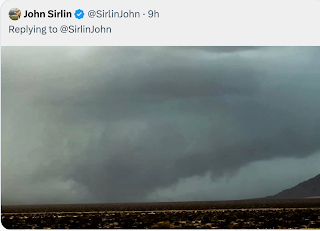Re-Regulating the Airlines, Part II
(If you haven’t already, please scroll down to Part I)
When the airlines were deregulated during the Carter Presidency, I thought it was a good idea. Two huge new airports, DFW International and Kansas City International, had just been opened. New types of airplanes, including the 747, L-1011, and DC-10 jumbos, had been introduced to rave reviews. Delays were rare except in the worst weather. Flight attendants wore white gloves.
The government set airline prices and told the airlines to what cities they could fly. They were practically guaranteed a profit except in economic recessions when traffic fell. People dressed up to fly (coat and tie for men, women in dresses), it was such an elegant and luxurious experience.
The theory was, with deregulation, the airlines would be free to improve service, fly where they wanted, and innovate. At first, it was great. New routes. At first, better service. Frequent flier programs. Airlines like People Express reduced the cost of flying radically.
What I didn’t forsee was the “hub” system and the strain it would put on the air traffic control system. To operate a hub, when dozens of flights take off at about the same time, you need more runways, taxiways, and air traffic controllers. The failure of the air traffic control system and airport infrastructures to keep up with that demand is and has been straining the current system. And, no one could have predicted the self-defeating tactics of airline unions and management, and the litigation explosion.
These factors would conspire to sabotage the early promise of airline deregulation.
These factors would conspire to sabotage the early promise of airline deregulation.




Comments